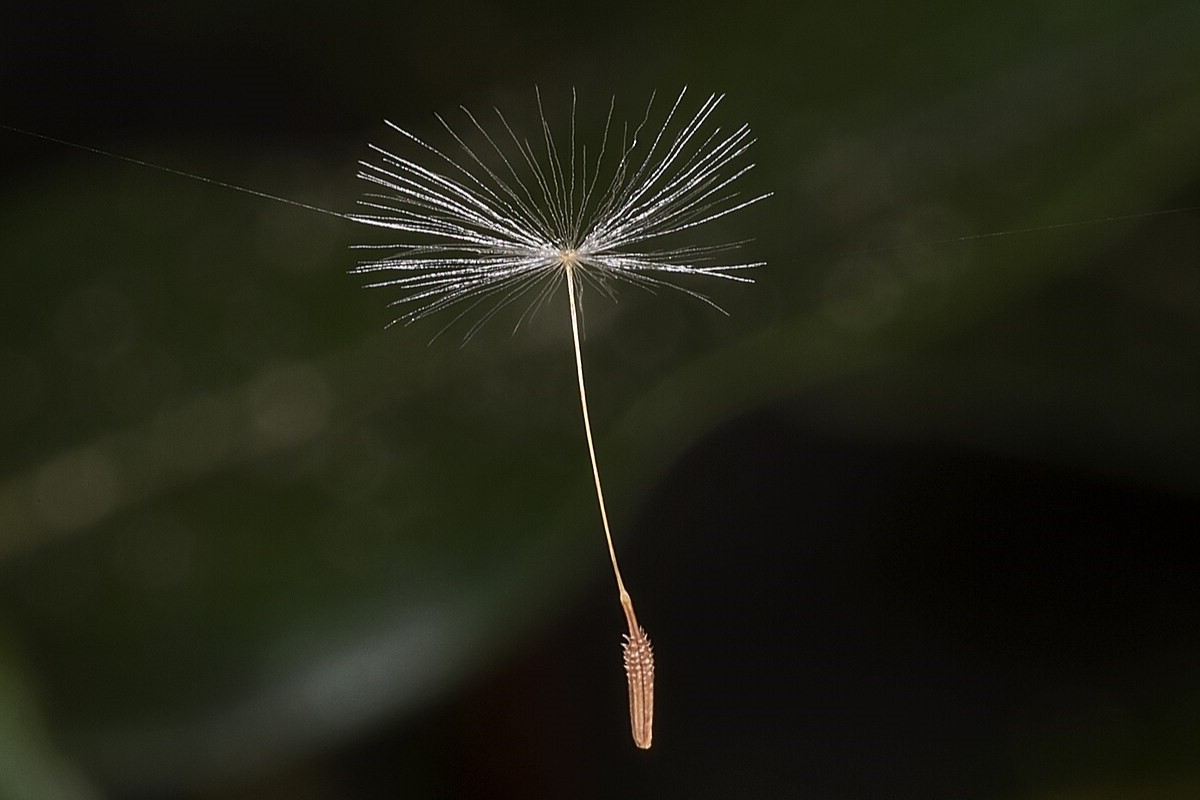
Seed dispersal syndrome is a fascinating topic that reveals how plants have evolved to spread their seeds far and wide. Ever wondered why some seeds have wings, while others are sticky or encased in tasty fruit? These traits aren't random; they are adaptations to different dispersal methods. Wind, water, animals, and even explosive mechanisms play roles in this natural process. Understanding these syndromes helps us appreciate the intricate relationships between plants and their environments. From dandelions floating on the breeze to coconuts drifting across oceans, each method has its unique charm and purpose. Let's dive into 30 intriguing facts about seed dispersal syndrome!
Key Takeaways:
- Plants have evolved amazing ways to spread their seeds, from floating on water to hitching a ride on animals. These strategies help plants thrive and colonize new areas for growth and survival.
- Humans play a big role in spreading plant species, sometimes unintentionally. Seed dispersal is crucial for maintaining healthy ecosystems, promoting diversity, and helping ecosystems recover from disturbances.
What is Seed Dispersal Syndrome?
Seed dispersal syndrome refers to the traits plants have evolved to spread their seeds. These traits help plants ensure their seeds reach suitable locations for germination and growth.
- Seed dispersal syndromes are adaptations that help plants spread their seeds through various methods like wind, water, animals, and even explosive mechanisms.
- Plants have evolved different seed dispersal strategies to maximize their reproductive success and colonize new areas.
- Seed dispersal syndromes can be influenced by the plant's environment, the type of seed, and the dispersal agents available.
Wind Dispersal
Wind dispersal, or anemochory, involves seeds being carried away by the wind. This method is common in open environments where wind can travel freely.
- Dandelions use a parachute-like structure called a pappus to catch the wind and float away.
- Maple seeds have wing-like structures that spin like helicopters, helping them glide through the air.
- Orchids produce tiny, dust-like seeds that can be easily carried by the wind over long distances.
Water Dispersal
Hydrochory is the dispersal of seeds through water. This method is common in plants living near rivers, lakes, or oceans.
- Coconuts can float on water and travel across oceans to reach new shores.
- Mangrove seeds are buoyant and can float until they find suitable soil to take root.
- Water lilies produce seeds that can float on water surfaces, spreading to new areas within a water body.
Animal Dispersal
Zoochory involves animals transporting seeds either externally or internally. This method benefits plants by reaching diverse and distant locations.
- Berries attract birds and mammals, which eat the fruit and excrete the seeds elsewhere.
- Acorns are collected and buried by squirrels, often forgotten and left to germinate.
- Burdock seeds have hooks that latch onto animal fur, hitching a ride to new locations.
Explosive Dispersal
Some plants use mechanical force to eject their seeds. This method, known as ballochory, ensures seeds are spread away from the parent plant.
- Touch-me-not plants have seed pods that burst open when touched, flinging seeds away.
- Witch hazel uses a similar mechanism, with seed capsules that explode to disperse seeds.
- Violets have seed pods that twist and contract, launching seeds into the air.
Human Influence on Seed Dispersal
Humans have played a significant role in the spread of plant species across the globe, both intentionally and unintentionally.
- Agriculture has led to the widespread cultivation and dispersal of crop plants.
- Trade and travel have introduced plants to new regions, sometimes leading to invasive species.
- Gardening and landscaping practices have spread ornamental plants far beyond their native ranges.
Seed Dispersal and Ecosystem Health
Seed dispersal is crucial for maintaining healthy ecosystems. It promotes plant diversity and helps ecosystems recover from disturbances.
- Forest regeneration relies on seed dispersal to replace trees lost to logging or natural disasters.
- Grasslands depend on seed dispersal to maintain plant diversity and prevent soil erosion.
- Wetlands benefit from seed dispersal to support a variety of plant species that provide habitat for wildlife.
Seed Dispersal Adaptations
Plants have developed various adaptations to improve their seed dispersal success. These adaptations can be structural, chemical, or behavioral.
- Seed coats can be tough to protect seeds during transport and digestion by animals.
- Fleshy fruits attract animals with their nutritious and appealing qualities.
- Aromatic compounds can lure animals to the plant, aiding in seed dispersal.
Challenges to Seed Dispersal
Despite their adaptations, plants face challenges that can hinder seed dispersal. These challenges can impact plant populations and ecosystem health.
- Habitat fragmentation can limit the movement of animals that disperse seeds.
- Climate change can alter the timing and success of seed dispersal events.
- Invasive species can outcompete native plants, reducing seed dispersal opportunities.
The Role of Seed Dispersal in Evolution
Seed dispersal has played a significant role in the evolution of plant species. It has driven the development of diverse plant forms and strategies.
- Co-evolution between plants and their dispersal agents has led to specialized relationships.
- Adaptive radiation has resulted in a wide variety of plant species with unique dispersal mechanisms.
- Natural selection has favored plants with effective seed dispersal traits, ensuring their survival and reproduction.
The Final Word on Seed Dispersal Syndrome
Seed dispersal syndrome plays a crucial role in plant survival and ecosystem health. By understanding how seeds travel, we can appreciate the intricate relationships between plants, animals, and their environments. From wind and water to animals and even explosive mechanisms, each method ensures seeds find new places to grow. This knowledge helps in conservation efforts, ensuring diverse plant species thrive. Next time you see a dandelion puff or a squirrel burying a nut, remember the amazing journey seeds undertake. These small but mighty travelers are essential for the planet's biodiversity. So, keep an eye out for these natural wonders and consider how you can support local ecosystems. Whether planting native species or creating wildlife-friendly spaces, every action counts. Seed dispersal is more than just a process; it's a testament to nature's ingenuity and resilience.
Frequently Asked Questions
Was this page helpful?
Our commitment to delivering trustworthy and engaging content is at the heart of what we do. Each fact on our site is contributed by real users like you, bringing a wealth of diverse insights and information. To ensure the highest standards of accuracy and reliability, our dedicated editors meticulously review each submission. This process guarantees that the facts we share are not only fascinating but also credible. Trust in our commitment to quality and authenticity as you explore and learn with us.


